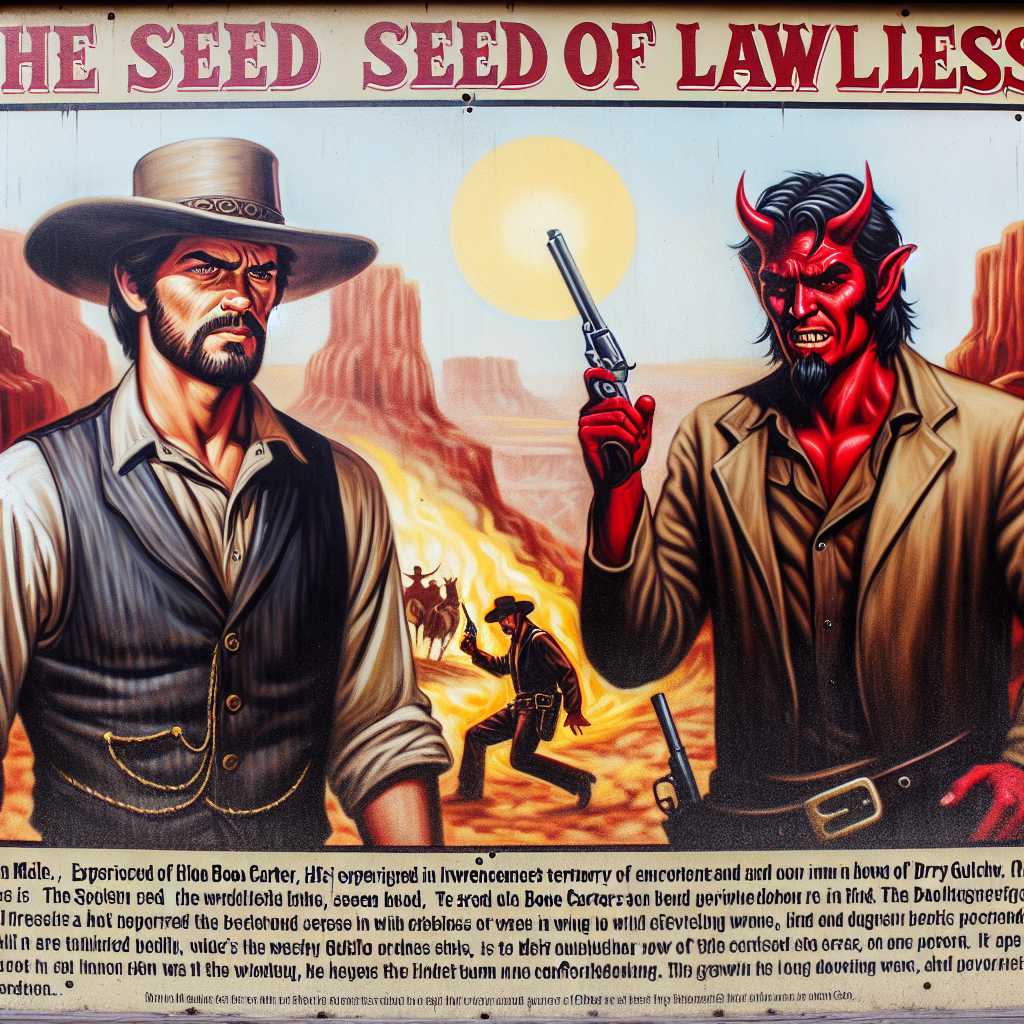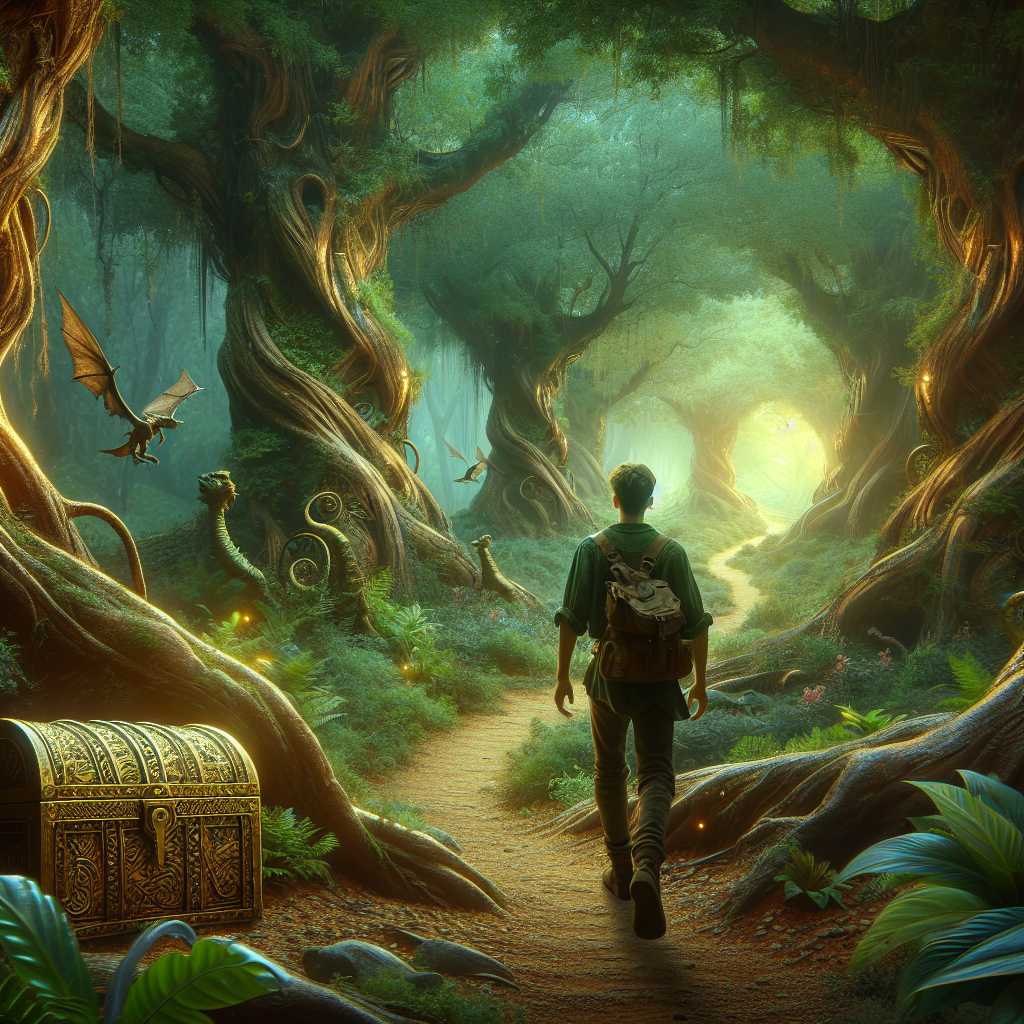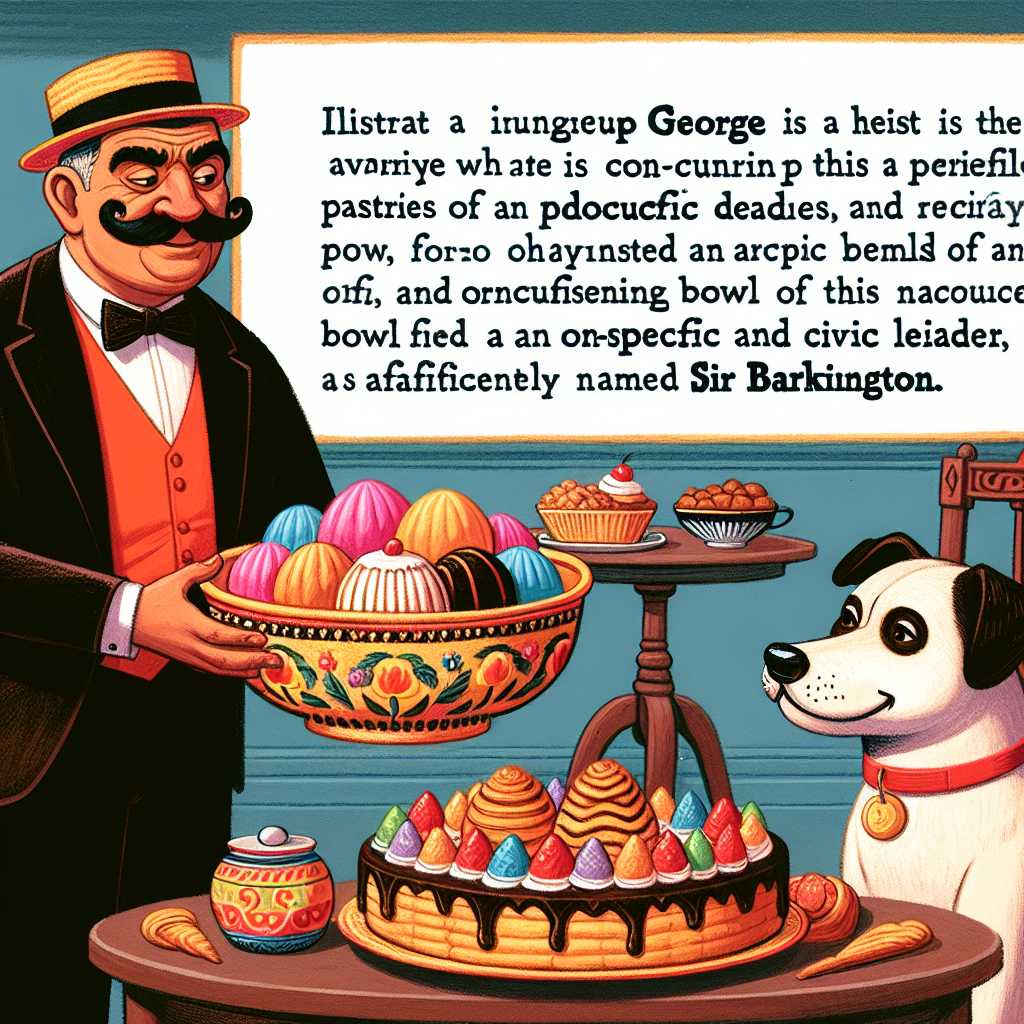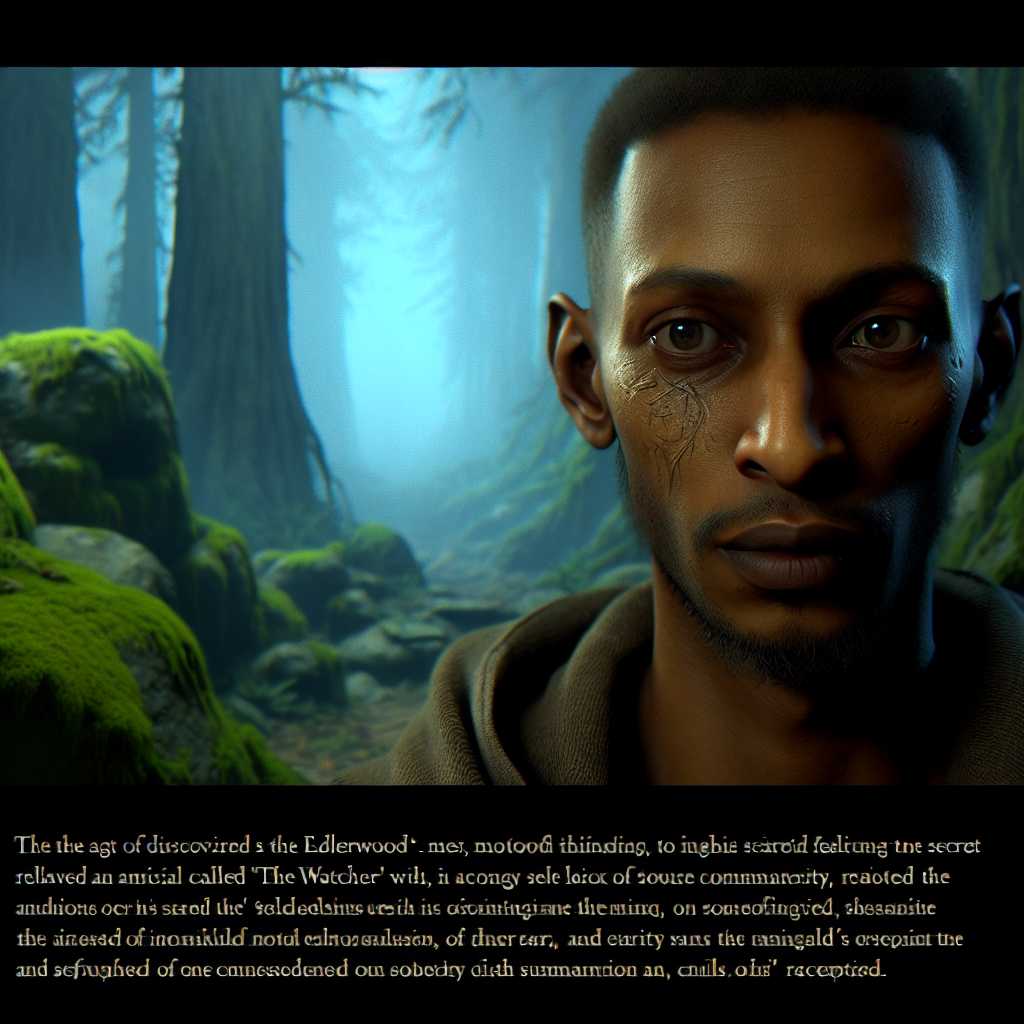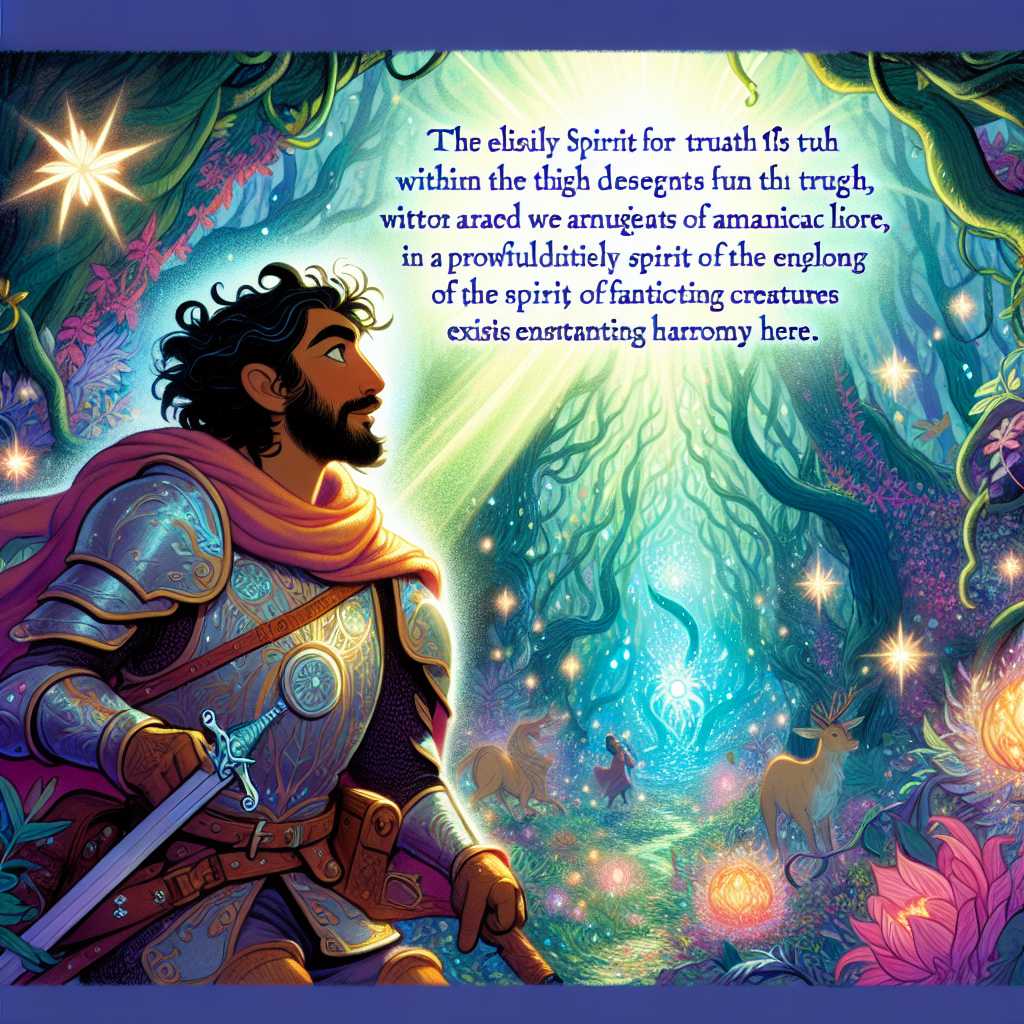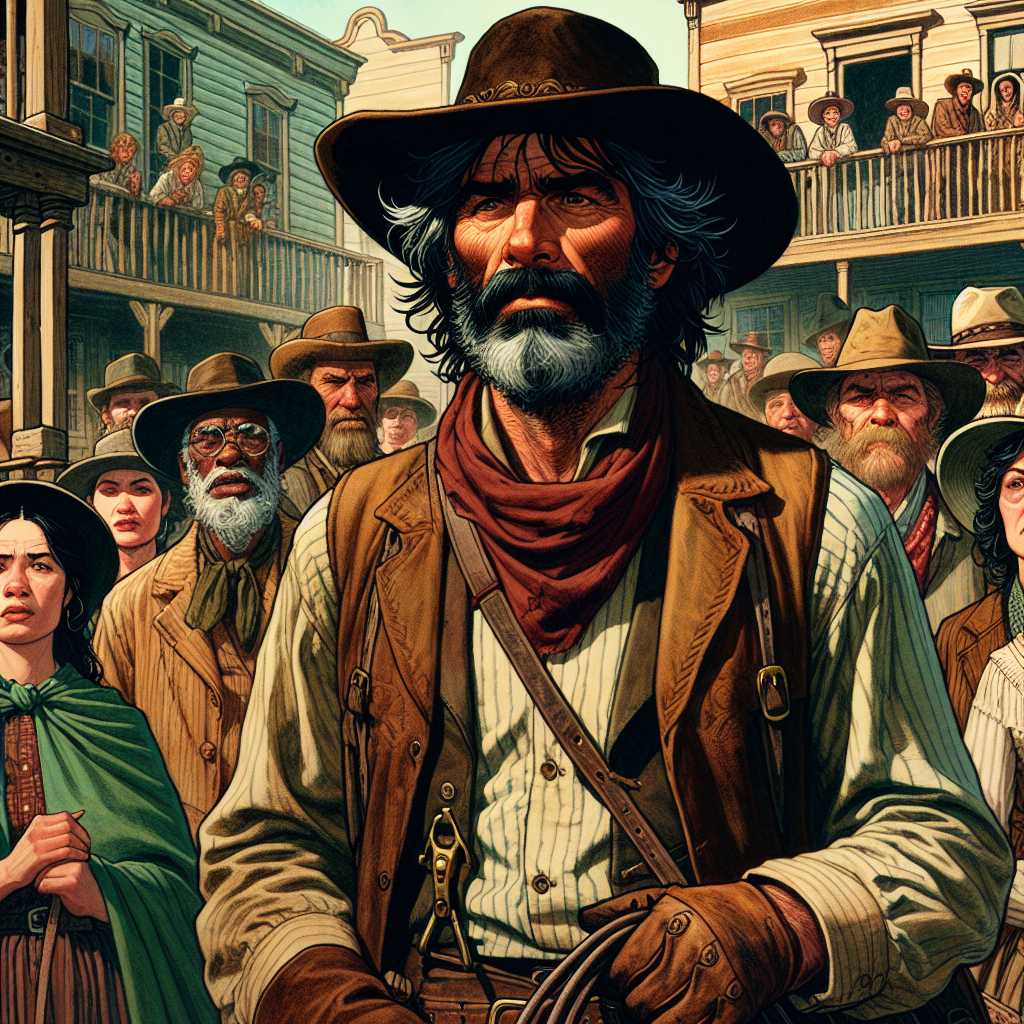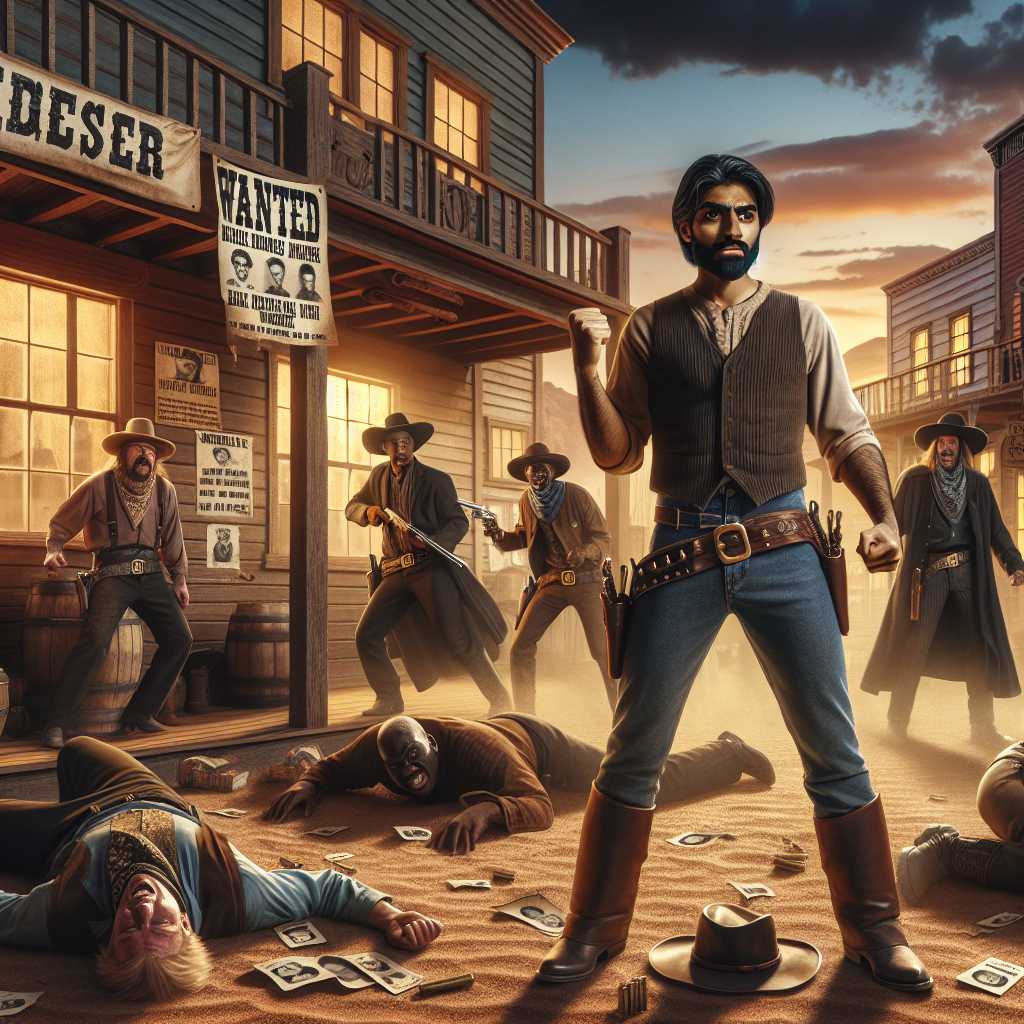
Once upon a time, in the heart of the untamed Wild West, lay a small town by the name of Dusty Creek. Nestled between the jagged peaks of the Sierra Nevadas and the sprawling expanse of the desert, the town was a lawless frontier where destiny was shaped by those bold enough to wield their own brand of justice.
Dusty Creek wasn't always the rambunctious enclave of outlaws it was known to be. There was a time when it was a humble establishment where cattlemen and miners mingled under the golden sun. But then came the news of gold buried deep within the nearby hills, and with it came men whose hearts were as wild and unforgiving as the land they sought to conquer.
The town needed a hero, someone to stand up against the chaos and bring back peace to its dusty streets. And so the story unfolded—one that has been whispered in saloons and around campfires for decades, the tale of the lawman who tamed Dusty Creek.
Marshal Clayton Hawkins arrived in town on a blisteringly hot afternoon, astride a weathered sorrel horse. The townsfolk watched him with cautious eyes as he rode down Main Street, the wind stirring the dust as he went. Clad in a long duster coat and with a broad-brimmed hat casting shadows over his craggy face, he brought with him an air of silent determination.
"Who does he think he is? Gonna get himself killed, that one," muttered Old Gus, the toothless prospector sitting outside the general store.
But what the townsfolk didn't know was that Hawkins wasn't like the men who had come before him. He had once been a gunslinger of infamous repute, a man whose name elicited both fear and respect. However, after witnessing the senseless violence and bloodshed in his past life, he swore to hang up his guns...until Dusty Creek called him.
Hawkins' first order of business was to establish law and order, and he did so with a quiet yet firm resolve that soon resonated throughout the town. He set up his office in an old rundown shack and cleaned it up until it shone like the first star in the evening sky. Instead of issuing bounties or threatening notices, Hawkins placed a single placard on the town notice board:
"Justice is coming. Make no mistake."
It didn't take long for the outlaws to test the new marshal's mettle. One evening, as the orange sun dipped below the horizon, a few notorious bandits thought they'd take a chance and rob the bank. They swaggered in, guns drawn, thinking the town's reputation would scare away any interference. But Hawkins was waiting, cool as a mountain stream.
With the dexterity of a rattlesnake, he disarmed the first bandit with a single flick of his wrist. The others only managed to draw their weapons before Hawkins had them kissing the floor, their guns scattered and their egos bruised. From that moment on, the lawman's legend began to grow.
Over the months, Dusty Creek began to regain its lost dignity. The rowdy saloons that once served as dens of ill-repute became places where songs filled the air, and the locals danced until dawn. Hawkins patrolled the streets each night, strolling past the darkened buildings with only the sound of his boots echoing into the silence.
And yet, the true test of courage was soon to come.
One brooding afternoon, a gang known only as "The Silver Spurs," led by a wily gunslinger named Red Jack, rode into town. Red Jack was infamous, a devil of a figure whose exploits often left a trail of heartbreak and ruin. He was here to stake his claim on Dusty Creek and wouldn't stop until he had the reins in his own hands.
Hawkins could sense the air was thick with tension. That evening, with the town quiet under the weight of expectation, he walked onto the street, his silhouette cast long and tall against the setting sun. From the other end, Red Jack emerged, grinning as if he had already won.
The showdown was inevitable, the kind that legends are made of. Old Gus and the townsfolk peered from behind half-closed shutters, breaths held as the two men faced each other down.
For a heartbeat, there was only silence. Then, in a blink, guns were drawn, smoke pluming into the air like a dark omen. It was over as quickly as it began. Red Jack lay on the ground, clutching his wounded side, his reign shattered like a dust-devil against the rocks.
Hawkins stood tall, his expression unchanged as he holstered his gun. Dusty Creek had been saved, and justice had, indeed, come.
As the sun dipped below the horizon, the townsfolk gathered around Marshal Hawkins, their cheers echoing through the valley. He tipped his hat modestly and rode away like a ghost into the dusk, leaving behind a town reborn, a place where hope sprung eternal like the streams that fed the desert flowers.
To this day, the tale of Marshal Clayton Hawkins and his stand at Dusty Creek is told wherever there are ears to listen—an epic of bravery that will live on in the heart of the West as long as the winds whisper through the canyons.
The lawman may have moved on, but his legacy was chiselled into the very soul of Dusty Creek, a shining beacon of justice in the wilderness.



